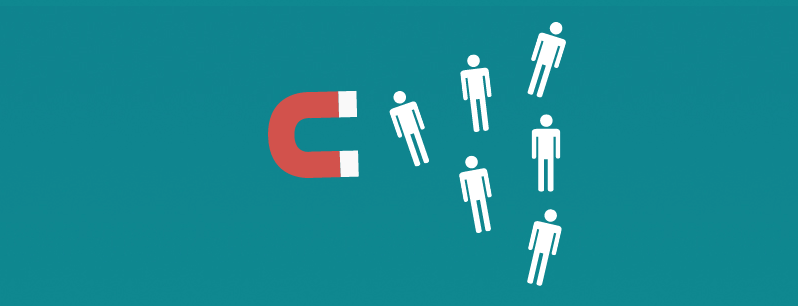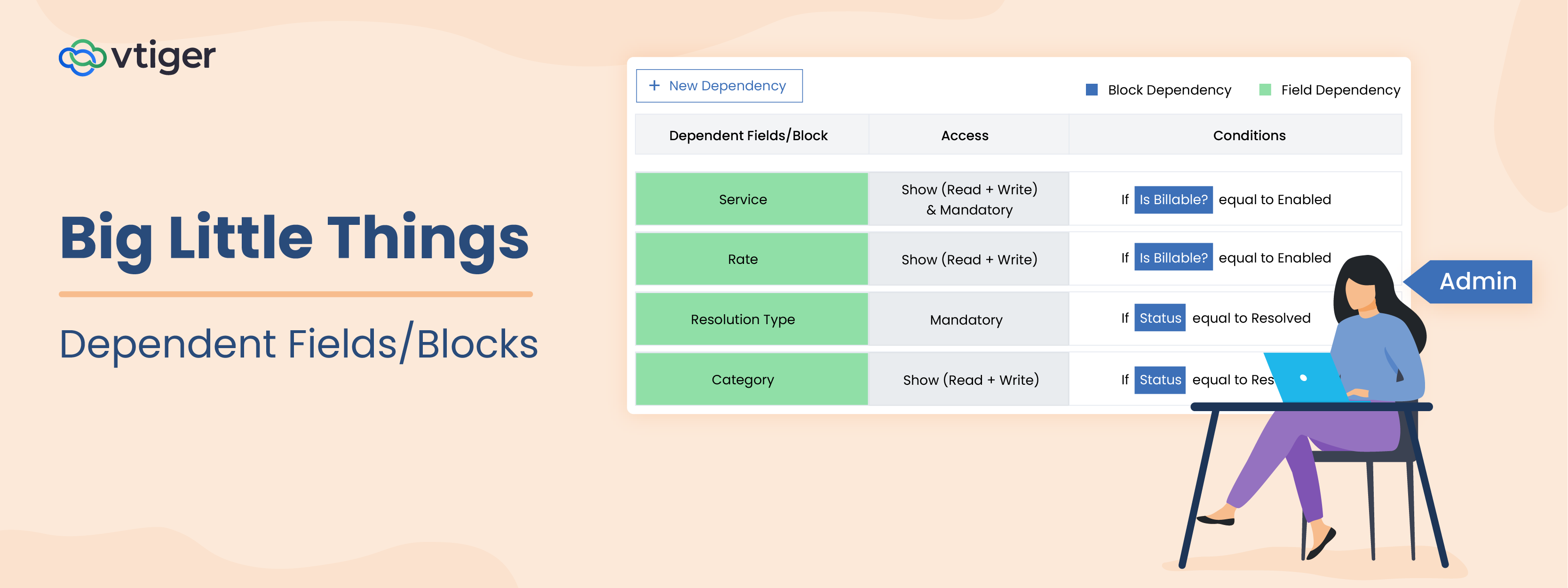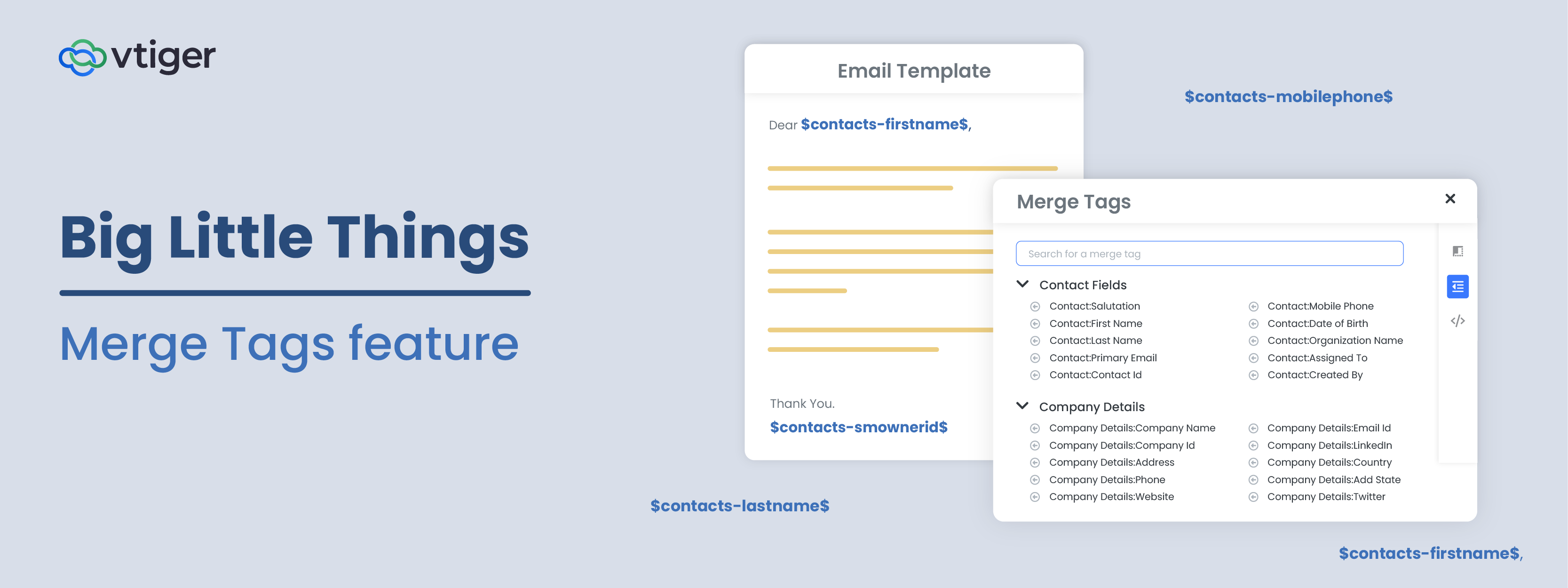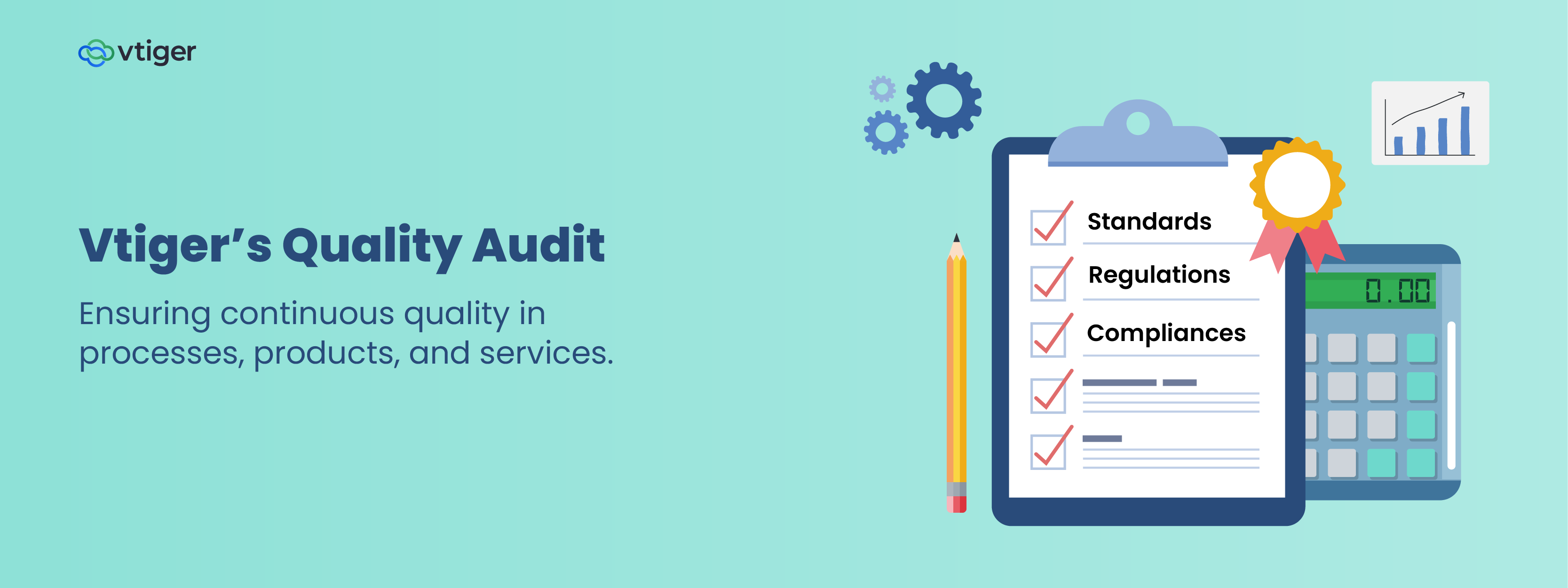Whether you are a start-up, SMB, or a Fortune 500 company, high customer retention is crucial for surviving and thriving in this highly competitive business environment. In our earlier blog post Customer retention: one strategy to double your profits we discussed how retaining existing customers can transform a business’s growth. For those who missed reading that blog, let me summarize it here for you:
- Acquiring new customers demands a lot of money and time. By spending just 1/5th of that customer acquisition cost, however, businesses can generate a 60-70% chance of sale from an existing customer over their lifetime.
- Return customers are worth more in revenue and profit. The average repeat customer spends 67% more per year, despite costing less to retain, just three years from their first purchase.
- Loyal customers help acquire new ones at a lower cost. A second-time customer refers an average of 3 people and the number grows with increases with the number of repeat purchases.
- Loyal customers are less sensitive to price changes. Repeat customers are more likely to buy from you than the competition, even if business or market conditions force you to increase your prices.
Now that we know why customer retention is important, let’s focus on how to create a customer retention strategy that sticks:
1. Calculate your company’s customer retention rate
Before you dive into creating a retention strategy, you should know what is your current customer retention rate. There is no one standard formula to calculate customer retention rate. I’m sharing the customer retention formula Jeff Haden has given in in his post “Best Way to Track Customer Retention” that is easy to memorise:
Looks complicated? Let’s break it down with an example. Say on 1st of September you have 100 customers. In next 30 days, you have successfully brought in 15 new customers and 10 existing customers have canceled. So, on the last day of the month, you have 105 customers. Now let’s calculate the retention rate.
Retention Rate = ((CE-CN)/CS)) X 100
Retention Rate = ((105-15)/100) X 100
Retention Rate = 90%
This means you were able to retain 90% of your customers.
2. Understand why your customers are leaving
After you’ve calculated your customer retention rate, the next step is to understand why your customers are leaving you. Is it the bad customer service, poor sales process, high cost, buggy product, or crappy UX? The reasons are many. Ask an open-ended question to understand what worried your customer the most.
Here is what Vtiger’s cancellation survey email looks like:
3. Tweak your product or service based on the customers’ feedback
Once you know what is driving your customers away from your business, work on improving that area. For instance, if you are a SAAS business and your customer is looking for a missing feature that’s on your release list, provide them an early access to get more feedback.
Threadless, a successful online T-shirt store, in it’s book “Threadless: Ten Years of T-shirts from the World’s Most Inspiring Online Design Community” has revealed how it could retain more customers and increase its revenue from $1.5 million in 2004 to $6.5 million in 2006 – after implementing requests from its customer feedback forum.
4. Evaluate your Loyalty program
Loyalty programs are a great way of building a relationship with your customers by rewarding them for frequenting your store. You could offer freebies, coupons, or pre-release products to your loyal customers. But, before you launch a loyalty program be sure on what you want to achieve – is it increasing the number of visits or motivating your customers to spend more. For instance, to increase the number of customer visits, Starbucks launched a loyalty program that gave away incentives to customers based on their visit frequency and not on what they purchased. This made Starbucks customers coming back to the store to buy, be it, White Mocha Frappuccino or simple house blend.
5. Build a powerful relationship with your customer
Building a strong and long-lasting relationship with your customers is vital for customer retention. After all, customers stay with businesses that they feel they are cared for. Building a strong relationship with your customers requires time, effort, and effective communication.
Vtiger lets you track every detail about each of your customers in a single interface. Using the data collected from every customer interaction each of your customer facing teams can try building a rapport with them. For instance, your marketing teams can send highly personalized re-engagement emails based on a pleasant experience, your sales team can better analyze the needs of a customer to offer the best solution, and your support team can always access all of the customer data in seconds to assist them if any query arises. Providing a personal touch, understanding customer needs in advance, and instant help builds trust in customers which eventually turns into a healthy relationship.
Not a Vtiger customer? Sign up for a free trial to explore Vtiger today. Have any questions? Please drop a comment or mail us at [email protected]







